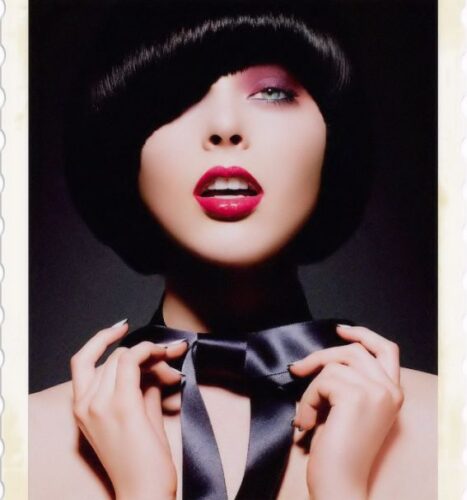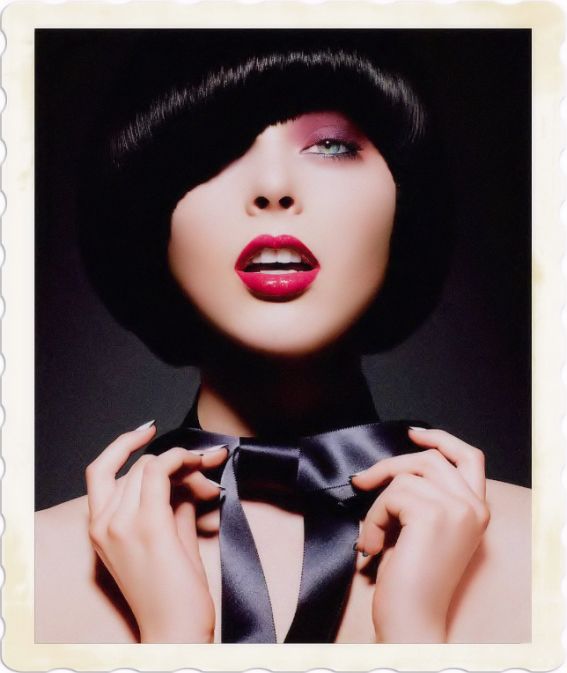
Fashion and style trends, an article that describes a short history of fashion and the different style trends through the centuries with quotes and references.
Fashion is always changing mainly because culture, research and stupidity never stand still.
Carl William Brown
Fashion is what one wears oneself. What is unfashionable is what other people wear.
Oscar Wilde
We are but a day in this world, and in that day the fashion is changed a thousand times: all seek liberty, yet all deprive themselves of it.
Dante Alighieri
Fashions fade, style is eternal.
Yves Saint Laurent
In our culture, futility plays the role of transgression and fashion is condemned for having within it the force of the pure sign which signifies nothing.
Jean Baudrillard
Fashion is something barbarous, for it produces innovation without reason and imitation without benefit.
George Santayana
Fashion postulates an achrony, a time which does not exist; here the past is shameful and the present is constantly “eaten up” by the Fashion being heralded.
Roland Barthes
What is called fashion is the tradition of the moment. All tradition carries with it a certain necessity for people to put themselves on a level with it.
Johann Wolfgang Von Goethe
I don’t believe in fashion. I believe in costume. Life is too short to be same person every day.
Stephanie Perkins
Fashion is architecture: it is a matter of proportions.
Coco Chanel
Most fashionable ladies are as diamonds because they are more costly than useful.
William Scott Downey
Change of fashions is the tax which industry imposes on the vanity of the rich.
Nicolas Chamfort
We must never confuse elegance with snobbery.
Yves Saint Laurent
Fashion is the science of appearances, and it inspires one with the desire to seem rather than to be.
E. H. Chapin
No fashion is ever a success unless it is used as a form of seduction.
Christian Dior
Fashion is predicated on the fear that the naked body, divested of signs, is incapable of authority.
Christian Thorne
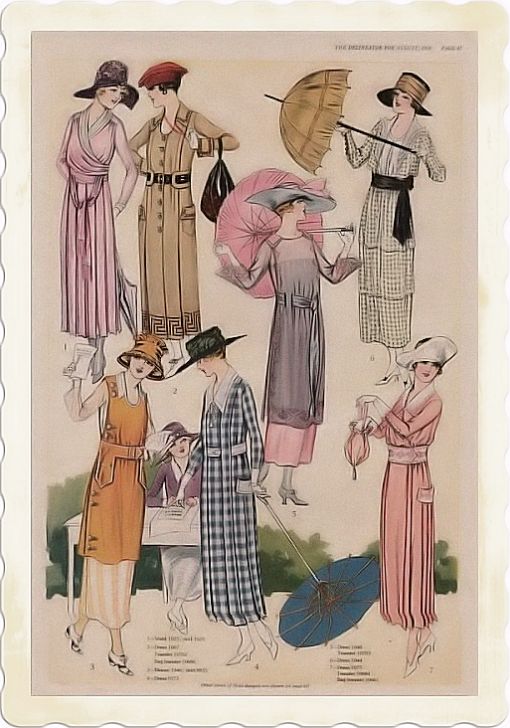
The history of fashion and costume, as means of self-expression, has been with us since humans began to clothe themselves. The history of fashion dates back to the Egyptians, whose burial sites have provided historians with plenty of well-preserved costumes, jewels, artifacts and tools. However, the Renaissance is the time some historians identify with the beginning of the history of fashion. As people grew more self-aware, clothing, and in particular fashionable clothing, became of increasing importance during the Renaissance.
Fashion, once purely a pastime of the rich, also became a preoccupation of the prosperous middle class. During the Middle Ages clothes had become distinct from country to country, but the Renaissance had a more unifying effect on fashion. Clothes were made by tailors to match a customer’s requests and it was common for a client to pay several visits to a tailor for just a single item of clothing.
Tailors began to form business networks of closely related trades in specific regions of towns and cities. In London, the area of London Bridge housed the first haberdashers. A tailor’s shop, work rooms and home were all located on one site. Travelling tailors serviced country folk who did not have access to urban countries.
Fashion, clothing that is in style at a particular time. The concept of fashion implies a process of style change, because fashions in dress, as well as in furniture and other objects, have taken very different forms at different times in history. Thus, when English playwright William Shakespeare observed in the 16th century that “the fashion wears out more apparel than the man,” he meant that clothing becomes unfashionable long before it has worn out.
Back in Shakespeare’s day, only upper-class people dressed fashionably; the mass of the rural peasantry wore simple clothing that hardly changed over many generations. Since the beginning of the 20th century, however, fashions have changed rapidly. We would look strange indeed if we wore the styles our great-grandparents wore. And most people, at least in the West, follow fashion to some extent, because fashion refers to much more than the haute couture, the exclusive and expensive clothing produced by leading designers.

Even schoolchildren are aware that fashions exist, and change, in running shoes. Nevertheless, we do tend to distinguish, however imprecisely, between basic clothing, such as blue jeans, parkas, and T-shirts, and the latest trendy fashions created by fashion designers. This article follows fashion in the West from its beginnings in Europe to the present. For more information on everyday clothing around the world.
Fashion reflects the society of which it is a part. It has been influenced by wars, conquests, laws, religion, and the arts. Individual personalities have also had an impact on fashion. Royalty and heads of state have set fashion, and in the 20th century media stars have emerged as leaders of fashion. French writer Anatole France said that if he could come back to Earth 100 years after his death and have only one thing to read, he would choose a fashion magazine because that would show him the way people lived.
Fashion also has its critics, who have at times denounced fashion as irrational, frivolous, tyrannical, and immoral. Why should pink be in fashion one season and gray the next season? Why do people follow fashion like sheep when they have enough clothes already? A common accusation is that fashion designers accelerate fashion change to create new business. Yet no new fashion succeeds until people are ready to accept it. The final decision about what to buy, or whether to buy anything at all, belongs to the consumer. Ultimately, fashions change because many people like new and different styles.
In the 1980s Armani and other Italian designers such as Versace, Valentino, Trussardi and Gucci profoundly influenced the cut of men’s suits, fashion, style trends and accessories in general. The Italian look featured a looser, more comfortable fit, using softer materials in neutral colors such as camel. Over the course of the decade, shoulders became broader. Padded shoulders became standard for women as well as for men, a style known as the power look or the executive look. By the 1990s suits had slimmed down again, but they retained the easy elegance that distinguished the Italian look from the stiffer look of East Coast retailers in the United States, such as Brooks Brothers.
Although the suit remained the basic garment of the male wardrobe, the trend was toward more casual dressing. This trend even found its way into the workplace with the introduction of casual Fridays by many companies. In some companies the dressing down of casual Fridays now extends throughout the week. The business suit shows few signs of disappearing in western Europe and Japan, however.
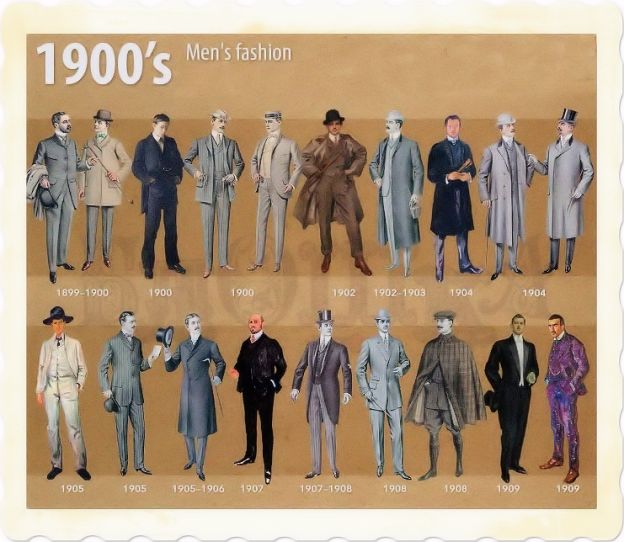
As dress has become less formal, men have become increasingly concerned with style, color, and patterns in their clothing. Participation in sports has also influenced men’s clothing. To begin with, it has increased the size of the male wardrobe: golf, tennis, and skiing, for example, require specific apparel. Beyond this, a growing emphasis has been placed on functionalism in clothing. Athletic shoes, for example, are worn on the street, as well as during athletic activities. Today many top fashion designers have casual sportswear lines, for example the Emporio Armani line by Armani, that include casual items such as sweatshirts.
The most formal attire that most men ever wear is the dinner jacket or tuxedo, black trousers, a tie and cummerbund of black satin or grosgrain, and a white shirt. A white jacket is substituted during the summer. The tuxedo underwent stylistic changes in the 1960s, when designers began to produce dinner jackets in colors other than black or white. These jackets were worn with ruffled shirts and wide butterfly ties. This flamboyance in eveningwear tended to disappear in the 1990s, although teenagers still often rented tuxedos for their formal school dances.
Today, celebrity is more significant than social status in establishing fashion leadership. Musicians, actors, sports figures, and other performers frequently launch or popularize new fashions. The role of fashion leader has also been assumed by the manufacturers of men’s apparel, who through advertising and public relations techniques are able to acquaint millions of men with a new fashion idea in a matter of weeks.
In the past, ordinary people wore the same styles for years. Teenagers generally dressed the same as adults. In modern times, though, fashions began to change at least every year. Today, new styles appear every few months! So why do fashions change? Social and economic factors have played a big part. Teen fashion began to develop after the Second World War. In the 1950s teenagers and twenty-somethings had money and leisure time. They could choose and buy their own clothes. As consumers, they had a big influence on fashion trends.
Favourite styles in the 1950s included tight trousers and skinny ties for the boys. Girls often wore an over-sized jumper/sweater, or cardigan, and a ‘: long tweed skirt to match, or loose rolled-up jeans. Synthetic, easy-care, man-made fabrics like polyester were popular. Music has also been a major influence on youth fashion since the birth of rock’n’roll in 1951. In the 1960s the Beatles popularised Beatle boots, tight-fitting, ankle-high boots with a pointed toe. Rock groups made the hippie look fashionable. Young men grew their hair long. Girls wore long, loose-fitting ankle-length dresses and maxi skirts, headscarves and long necklaces. They dressed in vintage clothes and copied traditional folk styles.
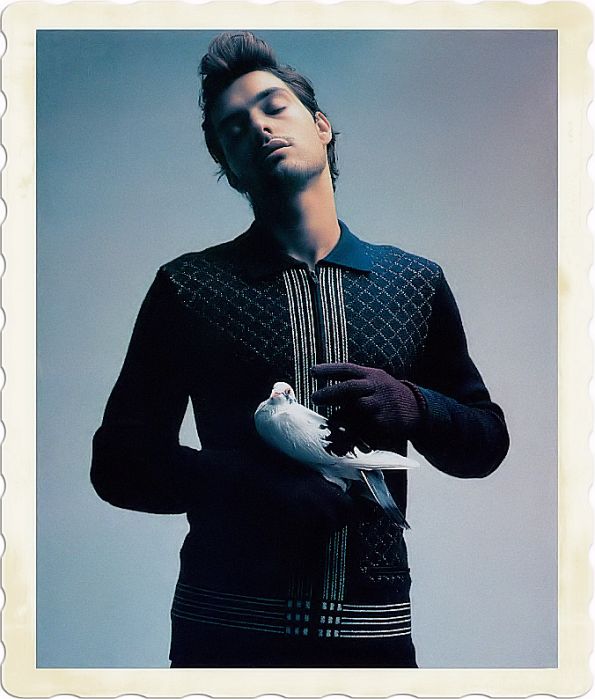
In the 1970s and 80s, celebrities like David Bowie became fashion icons. Bowie was the symbol of the glam-rock era. He wore shocking clothes, make-up and hairstyles. Artists designed and made clothes especially for him, so they always fitted him perfectly. He was a pioneer of androgynous fashions, styles that both boys and girls can wear.
In the 1990s, rock groups made grunge style popular: ripped jeans, flannel shirts, second-hand clothes from a charity shop, and baseball caps worn backwards. Today, teenage styles have become much more varied. Casual clothes are the norm. But style is more about individual expression than being a slave to fashion. The most important thing is to take a trend and make it personal with creative twists.
In the late 1990s the fashion system had become increasingly fragmented into many small style tribes. Designers no longer found it possible to promote a single new look every sea-son. By the end of the 20th century, several trends were identifiable. Retro and ethnic styles remained important. Top European designers such as John Galliano found inspiration in the long ago and far away.
Styles that played with society’s assumptions about sex and gender also connected with young fashion trendsetters. Many professionals in the fashion industry believed that the use of high-tech materials would become increasingly significant in the early 2000s. Teflon coatings on fabrics, for example, resist stains. Techno styles use industrial materials, and they also express a functional aesthetic.
At the turn of the 21st century, experts maintained that fashion’s future was decidedly not futuristic and that there would be no shiny silver uniforms, as imagined by futuristic movies of previous decades. Rather, fashion continued to divide into many concurrent styles, with each consumer free to choose his or her own style from within the available array. Individuality coexisted with a desire to associate oneself with particular trendsetters among the fashion-conscious or among fashion designers.
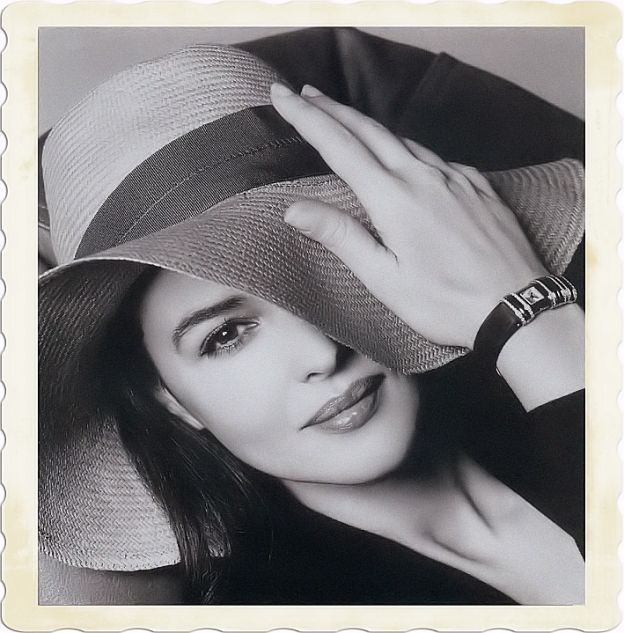
Italy is one of the leading countries in fashion design, alongside France, the United States and the United Kingdom. Fashion has always been an important part of the country’s cultural life and society, and Italians are well known for their attention to dress; la “bella figura”, or “good appearance”, retains its traditional importance. Italian fashion is dominated by Milan, Rome, and to a lesser extent, Florence, with the former two being included in the top 30 fashion capitals of the world. Nonetheless, there are numerous other cities which play an important role in Italian fashion.
Italian fashion is linked to the most generalized concept of “Made in Italy“, a merchandise brand expressing excellence of creativity and craftsmanship. Italian luxury goods are renowned for the quality of the textiles and the elegance and refinement of their construction. Many French, British and American high-top luxury brands (such as Chanel, Dior, Balmain and the main line of Ralph Lauren) also rely on Italian craft factories, located in highly specialized areas in the metropolitan area of Naples and in the centre-north of Italy (Tuscany, Marche, Veneto and Piedmont), to produce parts of their apparel and accessories.
You can also visit:
If you want to find out more:

